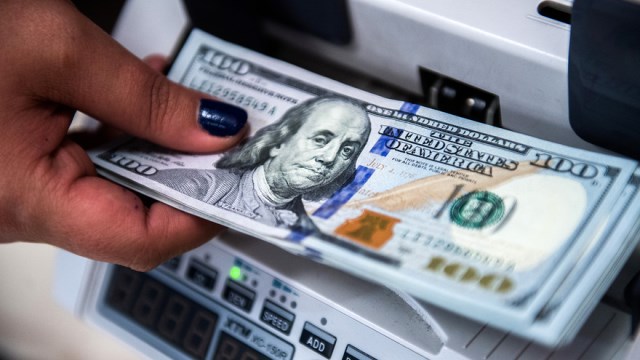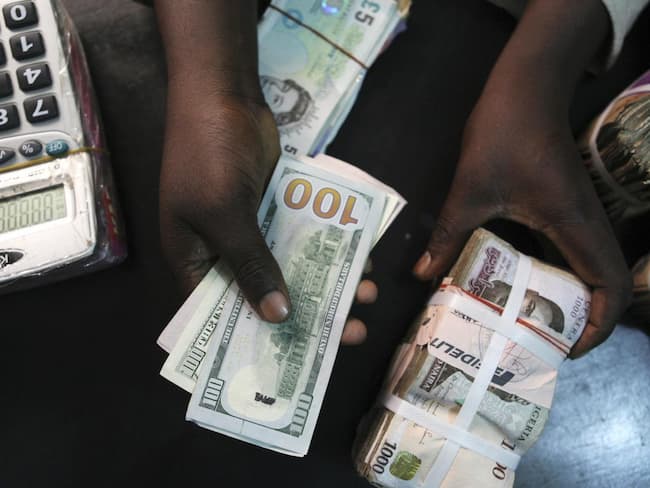The U.S. dollar was softer on Wednesday after new inflation data bolstered the likelihood U.S. interest rates will not be raised anytime soon, while sterling rose ahead of a vote by Britain’s parliament on a proposal that would rule out a “no deal” exit from the EU.
U.S. producer prices barely rose in February, the U.S. Labor Department reported on Wednesday, resulting in the smallest annual increase in more than 1-1/2 years. This is the latest sign of benign inflation, supporting the Federal Reserve’s wait-and-see approach to further interest rate hikes this year.
U.S. economic data from February has been weaker than expected: Employers added just 20,000 jobs last month, a 94 percent decline from January, and both consumer and producer prices reported this week have modestly surprised to the downside. The dollar was last down 0.22 percent against the euro, at $1.131.
The U.S. dollar index, which measures the greenback against a basket of six rival currencies, was 0.22 percent lower at 96.725.
Still the data was not dramatic enough to create a trend in either direction, said Shahab Jalinoos, global head of foreign exchange strategy at Credit Suisse. “You’re not really getting the kind of economic divergence story that you might need to get more movement in the foreign exchange market.”
The pound edged up after turbulence following the defeat of May’s European Union exit deal on Tuesday, but investors were loath to make definitive calls without more information about the course forward.
Lawmakers will vote later Wednesday on whether Britain should quit the world’s biggest trading bloc without a deal. If such a “no-deal” exit plan is rejected, another vote will be held on Thursday on whether to extend the March 29 departure date.
“The outcome yesterday of the vote was more or less what the market expected despite the actual drama of the politics. Now we have to wait and see what comes next. There are so many permutations and combinations available at this point that it has left the market on hold,” said Jalinoos.
The pound was last up 0.01 percent at $1.318 after a rollercoaster ride this week in which its price has moved within a range of 3-1/2 cents against the dollar.
Elsewhere on Wednesday, the Australian dollar skidded lower after a consumer confidence gauge triggered fresh concerns about a slowing economy.
A measure of Australian consumer confidence slumped to its lowest in over a year in March, adding to recent signs of weakness in the economy. Sentiment in China, a major trading partner for Australia, also deteriorated on Wednesday with Chinese share prices falling.














